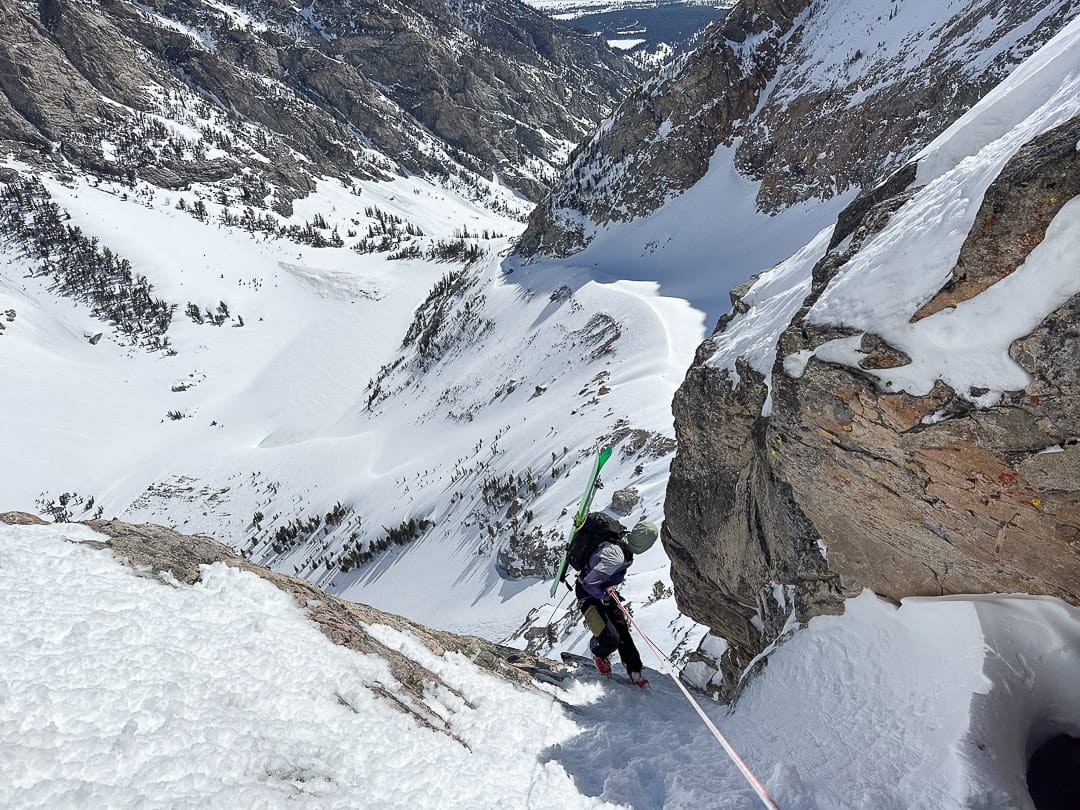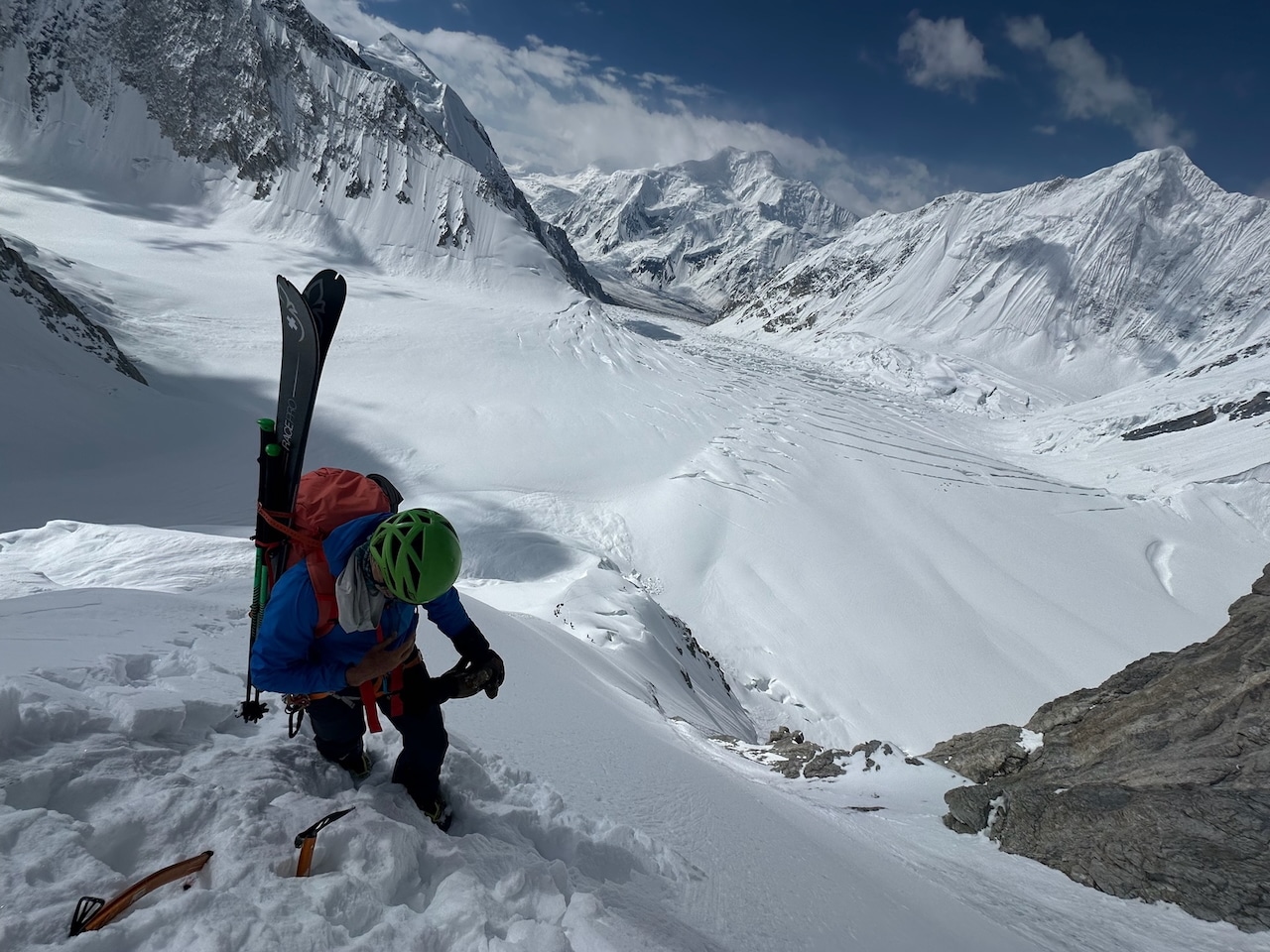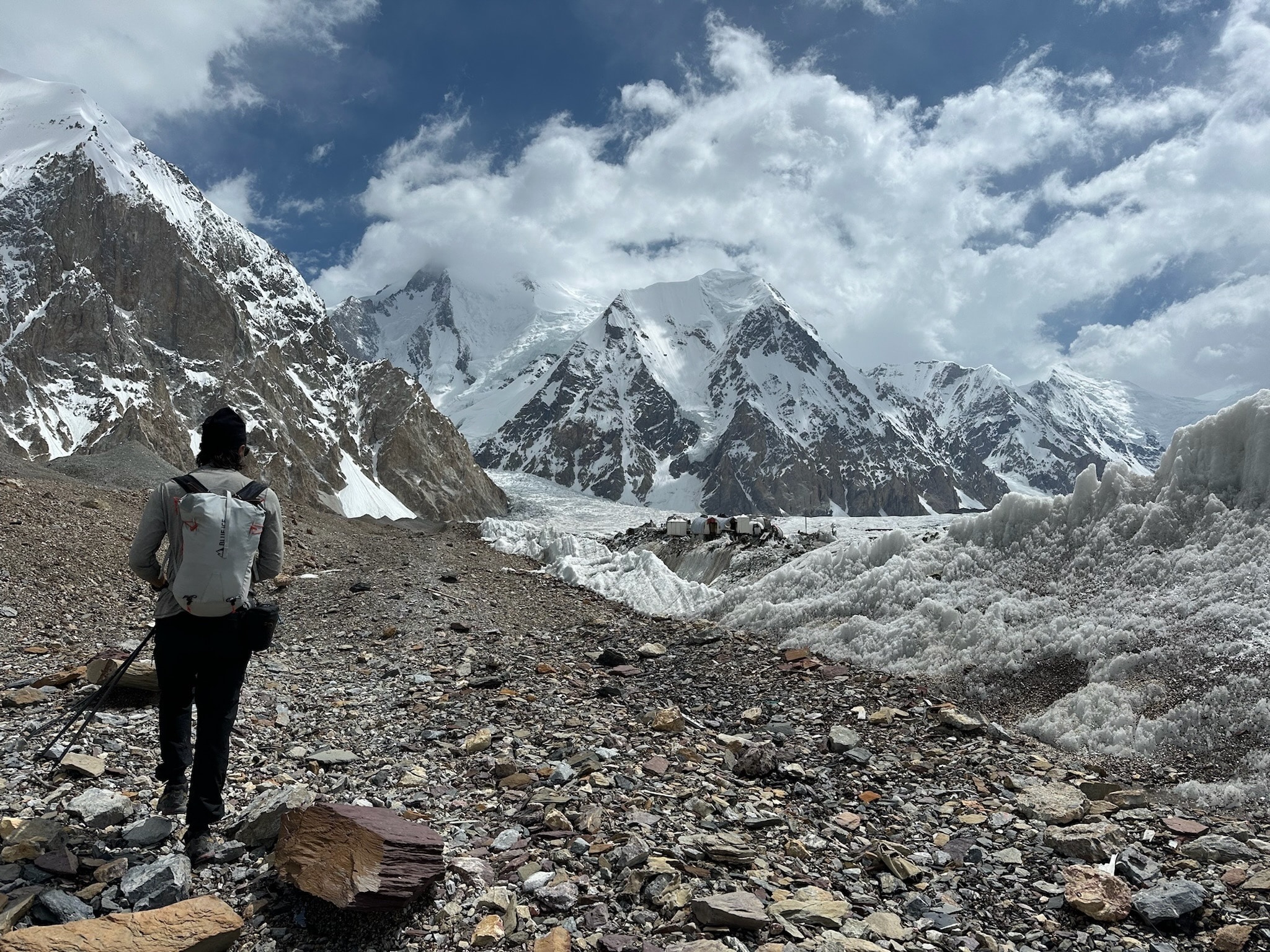On February 3, 2025, my high school classmate and occasional touring partner, Chris, texted me a link to a video from Ryan Delena, a New-England-based skier and emerging influencer whose posts have been popping up in my social media feeds more frequently lately, and probably yours, too. Instead of featuring Ryan’s trademark aggressive skiing in one of New Hampshire or Vermont’s more remote lines, this edit was something of a press release. In it, he announced a public CalTopo map of the Mount Mansfield area he had created. Delena said he intended to document and preserve the history of Mansfield’s many underground ski lines and to equip people with the information needed to ski them safely. The link to the map, as they say, was in the description. I clicked through.
What I saw floored me. This wasn’t a ski map. It was a treasure map with explicit directions to “the crown jewels of Northeast backcountry skiing,” as one YouTube commenter called them. Nearly every underground stash in the greater Stowe area—from low-angle in-bounds glades to high-exposure chutes in Smugglers Notch—was highlighted on the map. They ranged in secrecy from lines so obvious that tourists can, and often do, accidentally find their way into them to others you’ll never discover unless you’re close to the inner circle of local skiers.
As I would later learn, Delena is as close to a local as one can get while still hesitating to call himself a local. Though originally from the skiing purgatory of suburban Boston, Massachusetts, he went to Vermont State University, Johnson, where he studied Outdoor Education just half an hour from Stowe. He spent his college years skiing on and around Mansfield. These days, he lives in a conversion van, which allows him to bounce between the Northern Green Mountains of Vermont—principally Stowe – and New Hampshire’s White Mountains, ticking off various ski lines and ice climbs on his hit list wherever conditions are best. Over the years, he has done the work required to develop a mental map of Stowe’s secret lines. This year, he simply put it down on paper, er, CalTopo.
On the one hand, the part of me that’s envious of all the Stowe locals and their easy access to some of the best snow in the East salivated over such juicy information; there’s no way I’d ever find all these lines on my own. On the other, I came up in a backcountry tradition in which we don’t even talk about secret stashes. If you want to share a hidden zone with somebody, you take them there personally; you don’t simply tell them how to get into it. Show, don’t tell. Ryan had broken this cardinal rule in the worst way possible—at the scale of social media. In my Bible, that’s tantamount to a deadly sin, up there with coveting your neighbor’s wife’s new skis and grooming fresh powder.






Leave a Reply
You must be logged in to post a comment.